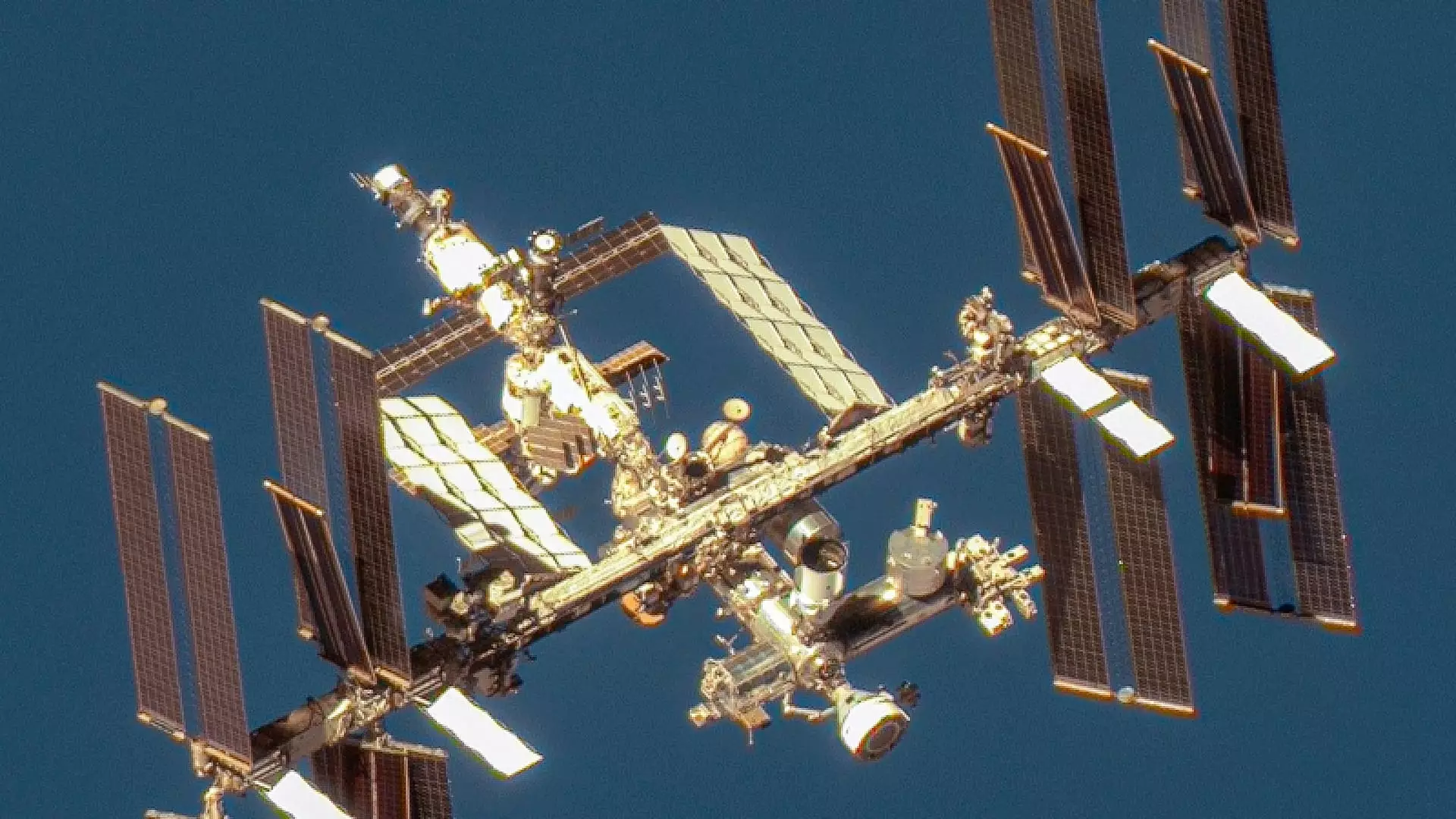Boeing’s Starliner capsule, named “Calypso”, has recently made headlines as it has been scheduled to remain at the International Space Station for a longer duration than originally planned. NASA announced the extension of the mission, known as Boeing’s crew flight test, which is aimed at conducting various tests on the Starliner while it is docked with the ISS. The initial plan was for the spacecraft to spend nine days in space, but now the mission is expected to last at least 17 days, almost double the original timeframe.
During its extended stay at the ISS, Calypso’s mission will involve a series of tests to ensure the spacecraft’s efficiency and safety. These tests include operating the capsule’s hatch, firing seven of its thrusters, and checking the cabin air temperature. Additionally, the program’s managers and astronauts will be finalizing departure planning and operations. NASA has also mentioned that there will be a repetition of some ‘safe haven’ testing, although the specifics of this testing were not provided in the announcement.
Despite the successful launch and docking of Starliner with the ISS, the mission has encountered several challenges along the way. Before the spacecraft’s departure, a single leak in the helium propulsion system was identified but was determined to be stable and not a threat to the capsule’s safety. Since then, Calypso has experienced four additional helium leaks, raising concerns about the overall integrity of the spacecraft. Additionally, issues with Starliner’s reaction control system (RCS) engines emerged during the docking process, with five of the 28 thrusters initially not operating. Boeing managed to recover four of the malfunctioning jets through troubleshooting, allowing Starliner to dock with the ISS.
In preparation for the spacecraft’s departure from the ISS, NASA has planned hot fire testing for seven of the eight thrusters near the spacecraft’s tail. These brief bursts of thrusters will help evaluate their performance and ensure that they are operational for the return trip to Earth. Despite the challenges faced during the mission, Boeing Vice President Mark Nappi expressed confidence in the spacecraft’s remaining margin and time on station.
Boeing’s Starliner was once considered a competitor to SpaceX’s Dragon, which has successfully completed 12 crewed trips to the ISS in the past four years. However, due to setbacks and delays, Starliner has been relegated to a backup position for NASA. The agency intends to have both SpaceX and Boeing fly astronauts on alternating flights in the future, emphasizing the collaborative nature of space exploration efforts.
The extended stay of Boeing’s Starliner capsule at the International Space Station presents both challenges and opportunities for the spacecraft’s testing and certification process. Despite encountering technical issues during the mission, the collaboration between Boeing, NASA, and other stakeholders highlights the resilience and determination of the space exploration community. As the mission continues to unfold, the importance of thorough testing and preparation for crewed flights remains paramount in ensuring the safety and success of future space missions.

